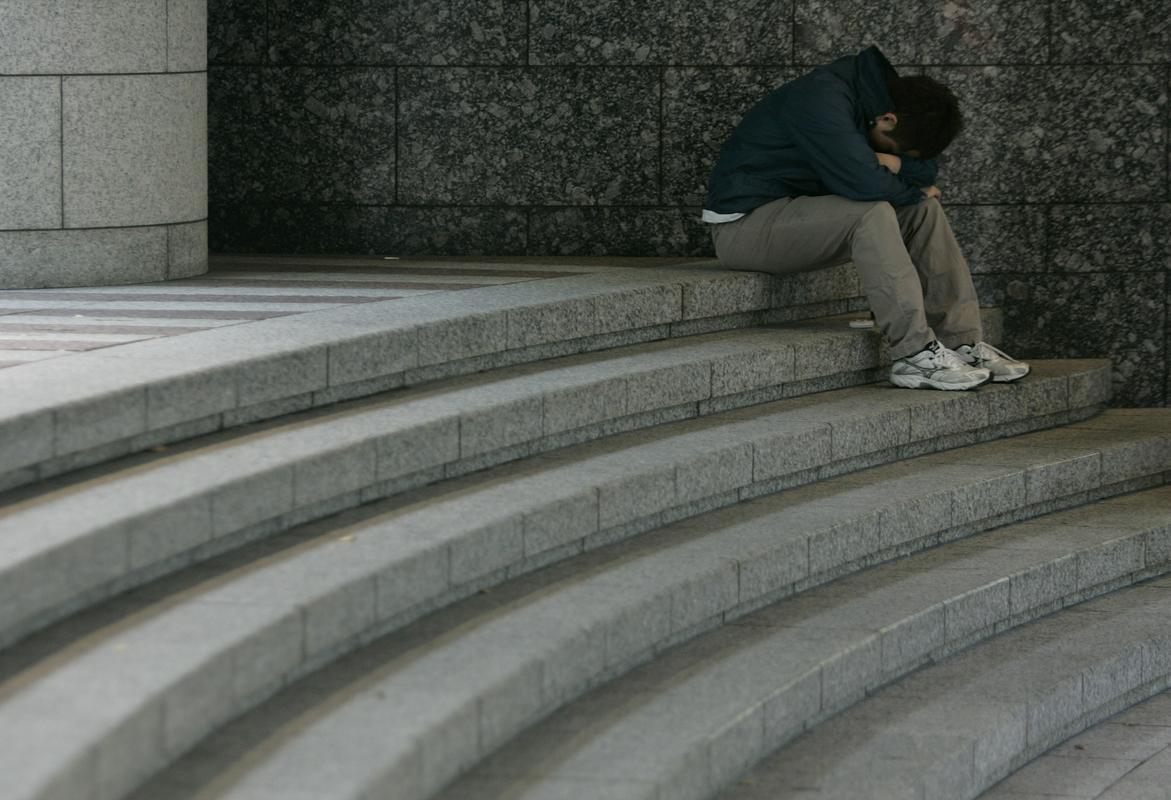In 2015 in Slovenia 425 people died because of suicide, which is more than in 2014. However, considering the long-term shift in suicide figures, Slovenia is still preserving the trend of lower suicide rates, emphasizes Saška Roškar from the National Institute of Public Health. "From the year 1999 onwards the suicide quotient for both sexes of all age groups is in decline. The exception are the age groups between 50 and 59 years of age as well as those above 80 for men, and the age group between 30 and 39 for women," adds Roškar.
Men opt for suicide more often than women
The suicide ratio between men and women has remained at around 1:4. Last year 333 men and 92 women died in Slovenia after committing suicide. The highest suicide figures per 100 thousand inhabitants was recorded in the Koroška region - 36,46 - while the lowest in the Primorska-Notranjska region - 11,42. Roškar warns that when interpreting the figures one has to take into account a longer time period.
Comparing the number of suicides per 100 thousand inhabitants with the Slovenian average from the year 1999, the regions which stand out with a higher number of suicides are the Zasavska, Spodnjeposavska, Koroška, Savinjska, Podravska and Pomurska regions. A lower number of suicides from the 1999 Slovenian average is recorded in the Coastal-Karst, Goriška, Central Slovenian, Primorsko-Notranjska, Gorenjska and South-east Slovenian regions.
Fear still persists when reaching out for hel
"When distress starts influencing our everyday activities it's a sign that tells us that it's time to talk about it," stresses Nuša Konec Juričič from the counseling center for psychological first aid in Celje and Laško. "One can turn for help to his close relatives, many different counseling services are also available, and in an emergency one can always turn for help to his doctor."
Luka Lukič; translated by K. J.


































































